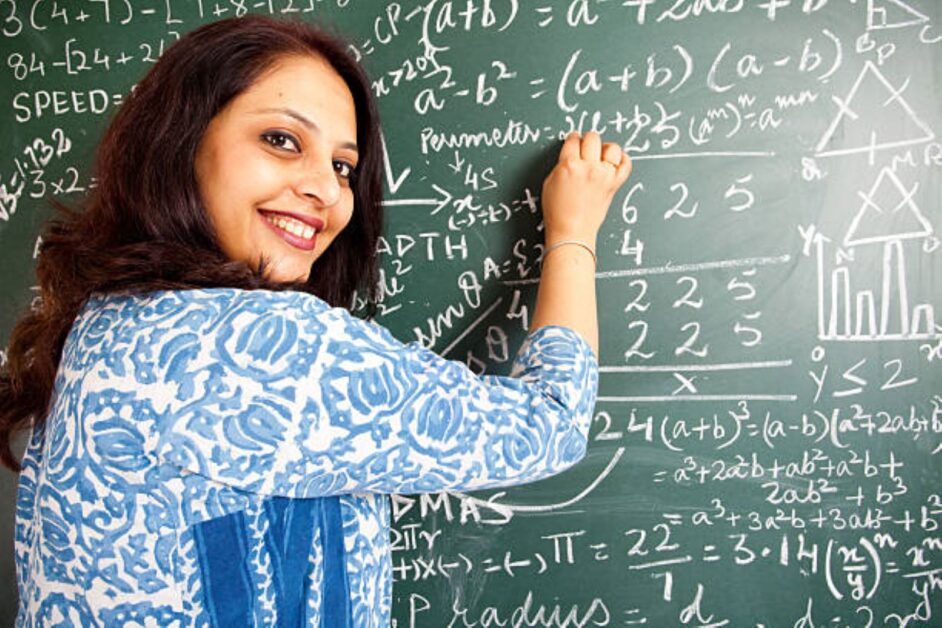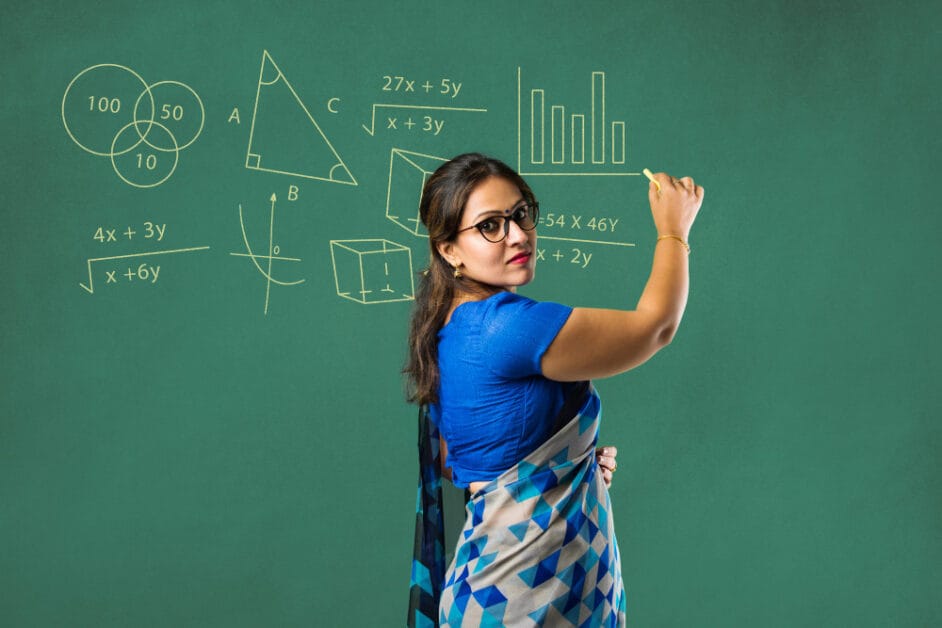The Rising Representation of Female Teachers in India’s Schools: Key Insights from 2023-24 Data

The gender dynamics in India’s school teaching workforce are undergoing a significant transformation. According to the latest UDISE+ (Unified District Information System for Education) data for 2023-24, female teachers now make up 53.3% of the total teaching workforce in schools—their highest recorded proportion to date. This marks a steady shift towards greater gender diversity over the last five years.
Gender Trends in School Education: A Historical Overview
In 2018-19, male teachers constituted a slim majority of the teaching workforce, holding 50.01% of positions compared to 49.98% held by women. Out of 94.3 lakh school teachers that year, 47.16 lakh were men, while 47.14 lakh were women. Fast forward to 2023-24, and the numbers have shifted dramatically. Female teachers now account for 52 lakh, while the number of male teachers has dropped to approximately 45 lakh.
This translates to a 3.3 percentage point rise in female representation, growing from 49.98% in 2018-19 to 53.3% in 2023-24. Conversely, male representation has declined from 50.01% to 46.6% over the same period.
The Milestone Year: Women Cross the 50% Mark

Female teachers first surpassed the 50% mark in 2019-20, when their share of the workforce reached 50.7%. This upward trend continued steadily in subsequent years, with the most notable increases observed in 2022-23 and 2023-24. Female representation rose from 51.3% in 2022-23 to 52.3%, and further to 53.3% in 2023-24.
Private vs. Government Schools: A Contrasting Picture
A deeper analysis of the UDISE+ data reveals that the surge in female teachers is largely driven by private schools. In government schools, the teaching workforce remains predominantly male.
- Government Schools: In 2018-19, government schools employed 49.47 lakh teachers, of which 57% were men and 43% were women. By 2023-24, the number of female teachers in government schools rose by 6%, reaching 22.65 lakh, while male teachers numbered 27.72 lakh.
- Private Schools: The rise in female teachers has been much more pronounced in private schools. In 2018-19, women constituted 62% (20.63 lakh) of the 33.04 lakh private school teachers. By 2023-24, their share increased to 66%, with 24.76 lakh women out of a total of 37.30 lakh teachers.
Gender Dynamics in Higher Education
While school education is witnessing a shift towards gender parity, higher education remains a male-dominated field. The latest All India Survey on Higher Education (AISHE) data for 2021-22 shows that women constitute only 43% of teachers in higher education, with men making up 57%. This gender gap has remained largely static since 2018-19, when women accounted for 42% of the teaching workforce in higher education.
Implications and the Road Ahead
The rising proportion of female teachers in schools highlights a positive trend towards gender inclusivity in India’s education sector. However, the disparity between private and government schools, as well as the persistent gender gap in higher education, calls for targeted interventions. Policy measures aimed at recruiting and retaining more women in government schools and higher education institutions could help bridge these gaps and create a more balanced educational ecosystem.
As the teaching workforce evolves, these trends underscore the importance of continued efforts to promote gender equity in education at all levels.


More Stories
CSEET November 2025 Session: Complete Guide with Preparation Strategy
Punjab and Sind Bank LBO Recruitment 2025: Apply Online for 750 Vacancies, Eligibility, Salary & Selection Process
Bank of Maharashtra Recruitment 2025: Apply Online for 500 Generalist Officer (Scale II) Posts – Eligibility, Salary & Dates